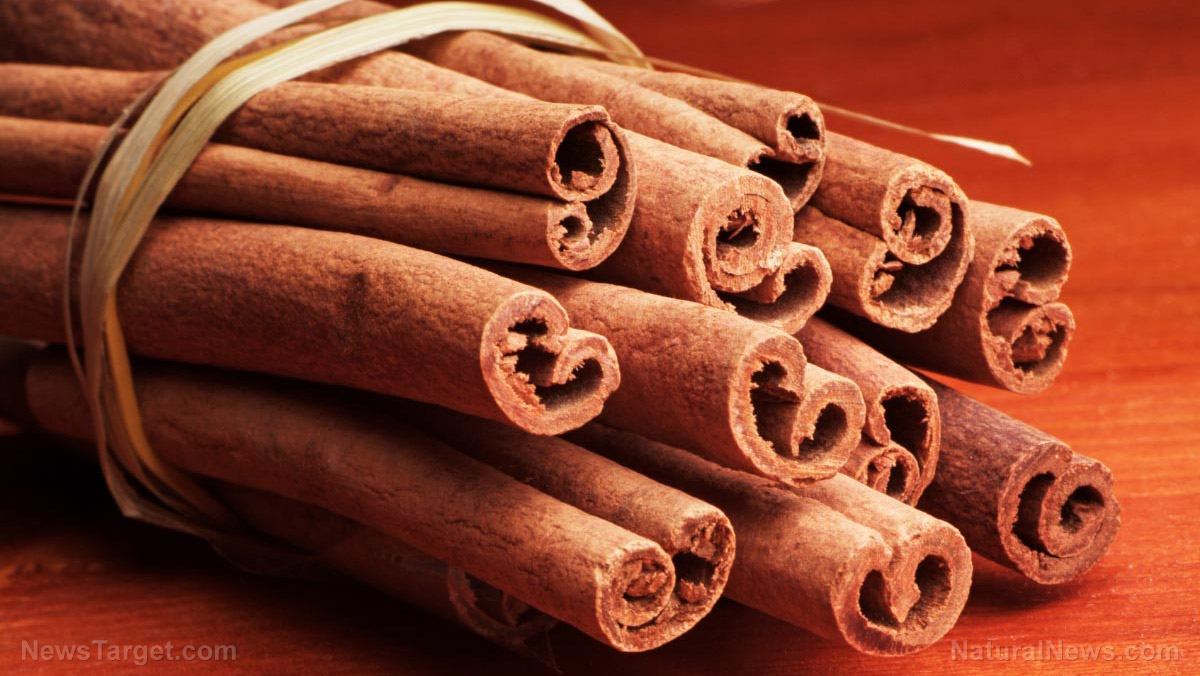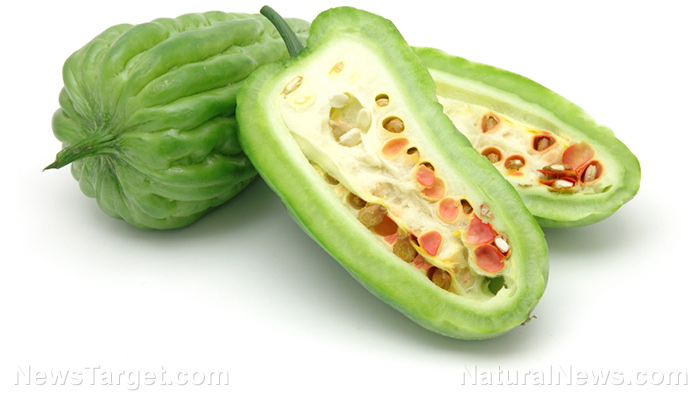
Diabetes poses a huge burden not just on health but on the pockets as well. According to the American Diabetes Association, the total costs of diabetes in 2017 reached a whopping $327 billion. This value covered both medical expenses and the cost of reduced productivity. It is important to find alternative treatments that are effective and accessible to prevent this from rising even higher in the future. They should not have adverse side effects since this is also one of the significant concerns regarding conventional medications.
Plants are the most promising sources of alternative remedies since they have already been in use for the longest time. The only thing that stopped some people from using them in the past is the lack of scientific evidence regarding their efficacy, but things are now rapidly changing. There is now an increasing number of scientific studies that recognize the beneficial activities of medicinal plants, which range from preventing bacterial infections in killing cancer cells and many others.
The Chinese cinnamon is one of the plants that has been recognized for its biological activities. This herb has been used in traditional Chinese medicine for more than 5,000 years as a remedy for nausea, flatulence, and diarrhea. Moreover, cinnamon also can kill microbes, prevent ulcers, reduce spasms, and regulate cholesterol levels. Its widespread use in traditional medicine caught the attention of many scientists leading to the discovery of scientific evidence for some of these claims. One of these is for the antidiabetic activity of cinnamon. Previous studies in rats and humans have shown that this herb causes significant improvements in diabetic conditions. However, none of these studies observed the relationship between antioxidant and antidiabetic activities of the herb.
Antidiabetic and antioxidant activities of cinnamon
In this study, which was published in the journal Pharmacognosy Research, the authors wanted to determine if cinnamon has both antioxidant and antidiabetic activities. They started by first collecting extracts from Chinese cinnamon bark and then screening them for phytochemicals. Upon analysis, they found that alkaloids, flavonoids, terpenoids, saponins, tannins, and glycosides are present in the extracts. From there, the researchers proceeded to determine the antioxidant activity of cinnamon based on free radical scavenging activity. The assays revealed that this herb has potent antioxidant activity.
Aside from the in vitro tests, the researchers also conducted in vivo studies in Sprague-Dawley rats. They first determined acute toxicity by feeding the animals with different concentrations (five, 50, 300, and 2000 milligrams per kilogram body weight) of cinnamon extracts and then observing for changes in behavioral and neurological functions. After 14 days, there was no significant toxicity found even at the highest dosage given. Once the extracts have been proven safe for the rats, the researchers started testing for antidiabetic activity by first inducing diabetes through streptozotocin, an antibiotic that destroys insulin-producing cells. They fed the extracts to the rats for 21 days and throughout the experiment, they observed that Chinese cinnamon caused significant improvements in diabetic conditions.
Overall, this study proves that cinnamon has potent antioxidant and antidiabetic activities. Moreover, it also doesn't induce toxicity, which makes it a promising alternative treatment for diabetes and other diseases caused by oxidative stress. (Related: Cinnamon for holiday cooking reduces blood sugar and can cure the common cold.)
For more articles about natural remedies for diabetes, visit DiabetesScienceNews.com
Sources include:
Please contact us for more information.























